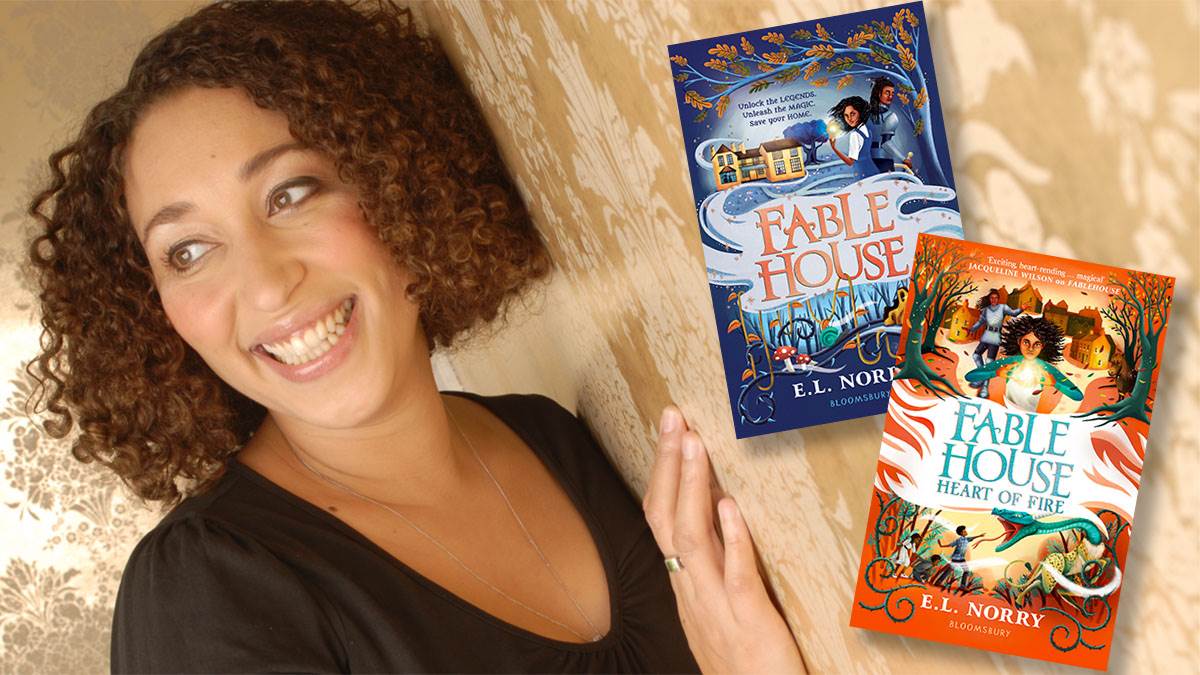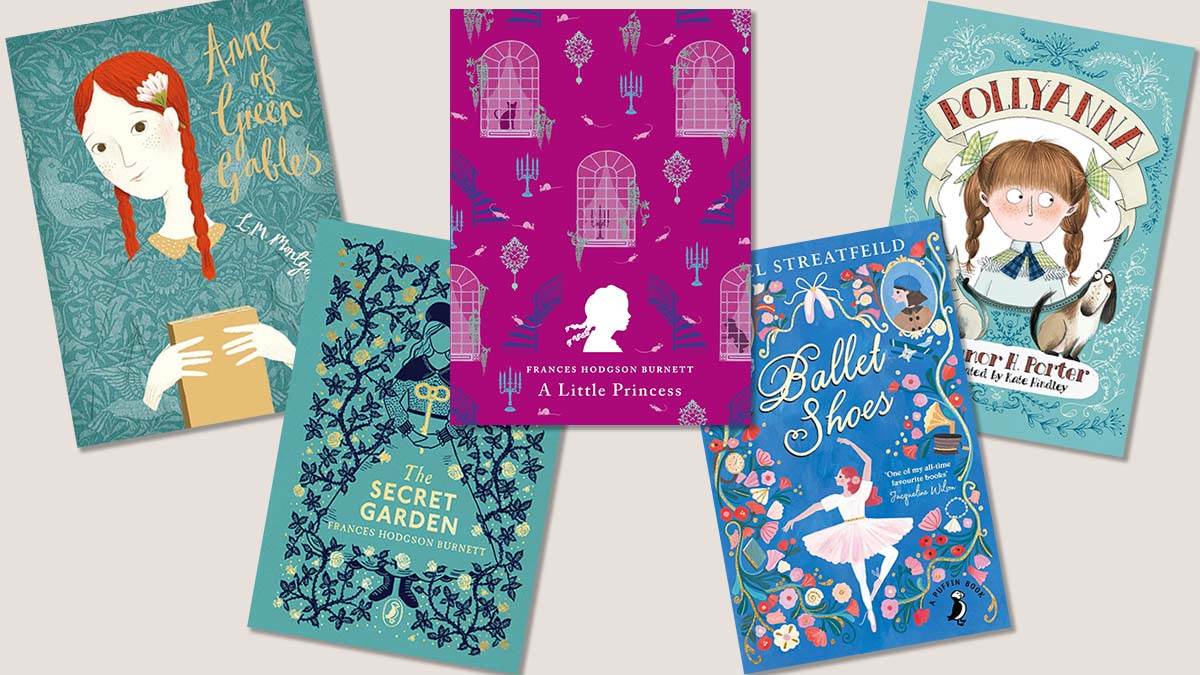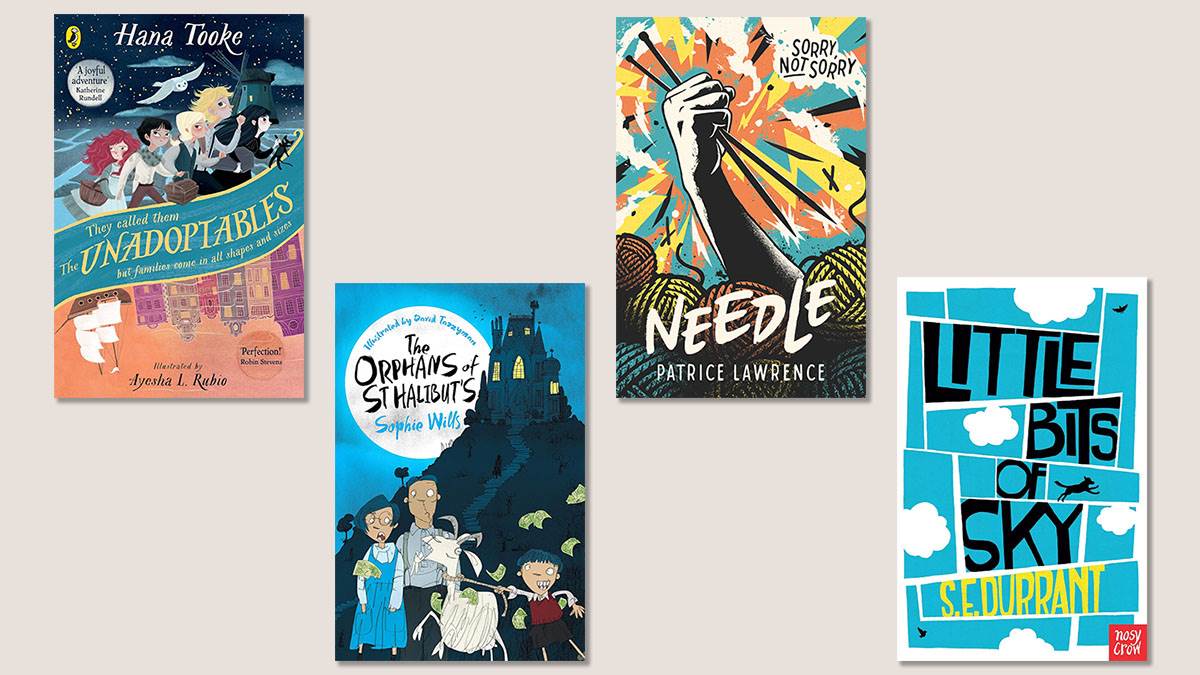Books to spark a love of reading in children in care
Published on: 08 April 2024
For over 20 years BookTrust has offered a programme for disadvantaged and vulnerable children, called Letterbox Club - see here for the amazingly positive impact it has had.
We asked Fablehouse author E. L. Norry to discuss how important books were to her as a child in the care system.

I've always been a huge reader, especially as a child. I grew up in the care system, living in both residential children's homes and various short-term foster homes, from the age of 16 months until I moved out from a foster home to live independently aged 17. Throughout all that time there was only ever one constant: books.
We read for a variety of reasons – some of these may be conscious, but many reasons are unconscious. We might read horror believing we simply enjoy the thrill, but actually, reading horror can help us to overcome our fears and anxieties.
Despite a challenging background, I never chose to read as a form of escape, as has sometimes been suggested to me. I clearly knew that I could never escape my world, and I wasn't particularly interested in fantasy lands.
Instead, I read for hope. I was desperate to see people like me represented in books. I never found any mixed-race girls (this was the 70s and 80s), but I did find the next best thing which spoke to my identity; not specifically growing up in care, but definitely having no parents.
Classic stories

The Story of Tracy Beaker by Jacqueline Wilson didn't exist when I was young, but I found much joy and comfort in classic stories – usually depictions of being an orphan. I didn't have any positive role models, even though I needed them, so it was literally a life-saver when I found my (fictional) independent, strong friends who all enjoyed life to the full and overcame their difficulties, eventually.
Unconsciously, perhaps I read old-fashioned stories because the time period was also perceived as a 'safer' time? But also, back then there just weren't many books written for 8-12 year olds. Here are some I enjoyed:
Anne of Green Gables by L.M. Montgomery
This remains my all-time favourite. Anne Shirley introduced us to a young woman who charmed a whole community, simply by being true to herself. She is accepted, despite being too talkative and with a temper. I identified with Anne's fanciful imagination – she may even have inspired me to want to become a writer. Anne gave me the courage to be myself, even in environments where that often seemed the most unwise thing to do!
The Secret Garden by Frances Hodgson Burnett
Another classic, which, if read today, certainly has problematic elements around colonialism and the language used, but at the time I read it, the story offered further hope about finding your own 'found family'. The three children uniting over the Secret Garden taught me that there are places we feel we belong and that people from very different backgrounds and upbringings can become friends. You can find your 'tribe' who will accept you, even if you are 'difficult'!
Also, when I was 10, I lived in a tiny rural village for a while. That was my first experience of the countryside, and I really came to appreciate the freedom and space. Dickon taught Mary and Colin so much about overcoming their fears. The Secret Garden encouraged me to always be curious.
A Little Princess by Frances Hodgson Burnett
This story asks us to consider what we really need to be happy. Even though Sara's life is difficult, she always tries to act like 'a little princess'. This doesn't mean she's spoilt – far from it. She always tries to be kind and show compassion to others.
With no adults to teach me how to be in the world, stories like this – which emphasised inner values and not just outside wealth or riches – were my guide. I learnt that no matter what your circumstances, kindness was always a good choice.
Ballet Shoes by Noel Streatfeild
When I was younger, I really wanted to be a performer because I adored musicals; Annie and Oliver were favourites of mine, and this story was perfect. The three sisters are all very different but determined to make their mark on the world. I loved their ambition and determination. Petrova, Posy and Pauline seemed to represent the very different qualities I held inside me.
Pollyanna by Eleanor Porter
Pollyanna, an orphan, moves in with her aunt. Although her aunt is strict, Pollyanna shares positivity wherever she goes and with whoever she meets – she just can't help herself. The story shares many qualities with A Little Princess and Anne of Green Gables. There is a focus on appreciating what you have, and always trying to be hopeful and grateful.
The girls in these stories are high-spirited and passionate; they don't do anything by halves, and throw themselves into everything with their full heart. For someone who had no real life role models... I thank all of the characters in those books. They truly taught me who to be.
Modern favourites

Readers are so lucky now! There are brilliant books about children who may have been fostered, adopted, or are in care. So, if you like the classics, perhaps check out the ones I've mentioned above, but otherwise, here are some more recent stories that may be of interest.
The Unadoptables by Hana Tooke
Egbert, Lotta, Sem, Fenna and Milou have lived their whole lives at the Little Tulip Orphanage in Amsterdam. This is a brilliant adventure! When a bad sea captain threatens to make the children his minions, Milou comes up with a daring escape. But with the sea captain hunting them, as well as a nosy neighbour threatening to reveal them to the authorities, they need to find a way to save each other.
The Orphans of St. Halibut's by Sophie Wills
This is very funny and silly and great fun. Tig, Stef, Herc and Pamela (a goat!) live at St Halibut's on their own – ever since an unfortunate accident. They have to convince the inspector that everything's fine or they'll be sent to a place where naughty orphans go – never to be seen again.
Needle by Patrice Lawrence
This is a good story with a Black main character, for slightly older readers. People think the worst about Charlene, never really giving her a chance. Charlene uses knitting as a way to get rid of stress, and she's busy making a blanket for her younger sister who she hasn't seen for years.
But when her foster brother destroys the blanket, she snaps and stabs him (in the arm) with a knitting needle. This story really shows some of the realities of how little control young people in care can sometimes have over their own lives.
Little Bits of Sky by S.E. Durant
Ira and Jack have been moved from place to place ever since they can remember. In October 1987, they arrive at Skilly House, a home for foster children. But this place is different. For a start, they're invited on their first holiday, but also, Ira discovers letters under her bed. The letters unlock the past of Skilly House. This is a little heart-breaking but still has a lot of hope and optimism.
The Fablehouse books by E.L. Norry are out now.
More book suggestions
If you'd like more reading recommendations, check out our lists featuring characters who are fostered or adopted.
Books about fostered characters
Here is a selection of brilliant stories that all children will enjoy reading, with main characters who've been fostered.
Books about adopted characters
This is a selection of fantastic books – some funny, some exciting, some magical – where the main character is adopted.
Topics: Letterbox Club, Foster care, Features







